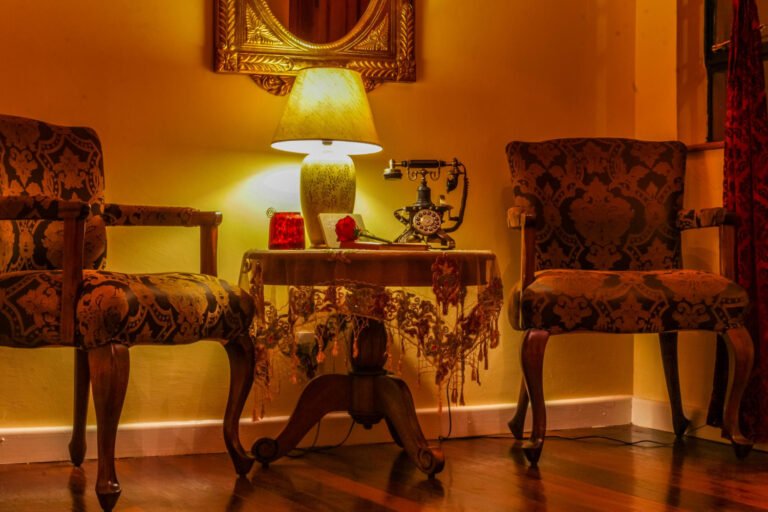
The Evolution of Luxury Furniture Design: From Classic to Contemporary
Furniture has existed since the dawn of human existence. The first furniture used stone, wood, and animal skins. The Egyptians then made furniture-making an art, while the Greeks and Romans combined utility with aesthetic appeal, like marble tables and ornate couches for both utility and pleasure. These early creations laid a foundation for furniture as a form of expression of culture and identity.
Furniture & Middle Ages
The Middle Ages gave rise to the trend of heavy and solid furniture. Furniture during this period bore such characteristics as Gothic carvings and dark wood. They were somber and reflected on that period. Chairs served as grand thrones to reflect the authority and reverence accorded to them.
As trade increased, other influences began to come into furniture design. The Renaissance finally changed the game completely, introducing symmetry, elegance, and what can be called pure arts mastery. Italian and French manufacturers at that time featured rich upholstery and classical motifs, finishing in luxurious ends, creating a way for the opulence.
The Age of Baroque and Rococo: The Emergence of Luxury
Modern luxury furniture, as it stands today, started to find shape in the 17th and 18th century Baroque and Rococo periods. The Baroque is dramatic, bold, and heavy in ornamentation and detail. It’s light, airy, curved, and whimsical with soft colors of pastel, more on the side of being fragile.
This movement was spearheaded by French aristocracy; they commissioned furniture that combined functionality with unmatched artistry.
The Industrial Revolution: Mass Production Meets Artistry
Mass production was introduced to furniture in the 19th century, bringing fashionable pieces within the reach of more people. Artisans retaliated against this by creating craft forms in the form of the art movements Art Nouveau and Arts and Crafts that sought organic forms and handwork in pieces, respectively.
With a growing middle class, luxury furniture was no longer an exclusive affair but catered to utility, elegance, and comfort.
Modernism and the Rise of Contemporary Designs
At the beginning of the 20th century, the world took to change, and the furniture design was no exception. Modernism shunned excess ornamentation for clean lines, innovative material use, and functionality. A few of the early stalwarts of the minimalist philosophy were Charles and Ray Eames, Le Corbusier, and Ludwig Mies van der Rohe.
In this new world, luxury furniture was easy yet classy. There, chrome, glass, and leather went on to create the looks of tomorrow.
Luxury Contemporary: Where Tradition Meets Modernity
Today, luxury furniture is a union of artisanry and technology.
Sustainability has come to characterize modern luxury furniture: it uses ecological materials and methods in industry. Third, there is customization – clients demand pieces that communicate their unique selves and personalities.
From hand-carved wooden armoires to sleek modular sofas that incorporate smart technology, this is the journey of furniture design, from innovating to paying respect to tradition.
Conclusion: The Future of Luxury Furniture Design
With a forward journey, the luxury furniture moves on, embracing the AI, smart home integration, and sustainable materials within it. That tells their stories for the creation of surroundings, which inspire, elevate, and create each and every one of your days.
Timeless elegance through modern sophistication getting into your home? Come find this amazing blend of tradition with innovation only in Mercure Crafts International.
Explore our exquisite collection and redefine your space with long-lasting luxury.
Recent Posts
-
Flow & Functionality: How To Arrange Furniture That Works With Your Space
-
Understated Strength: The Return of Oak and Pine in High-End Furniture
-
Designing for Stillness: How High-End Furniture Enables Slower Living in Fast Cities
-
The Art of Quiet Opulence: How to Create a Minimalist Space with Maximum Luxury
-
Palatial To Penthouse: How Luxury Furniture Adapts Across Architectural Styles



